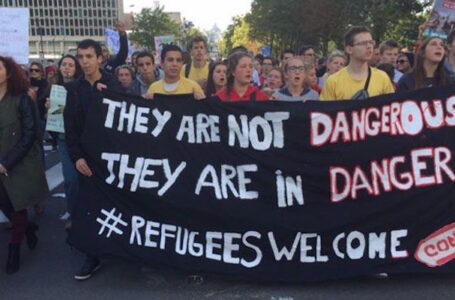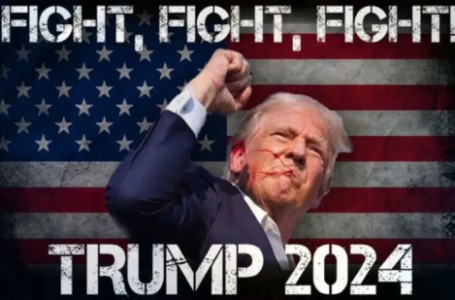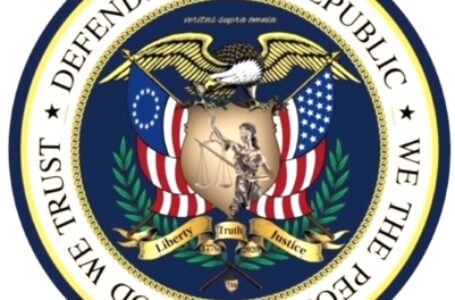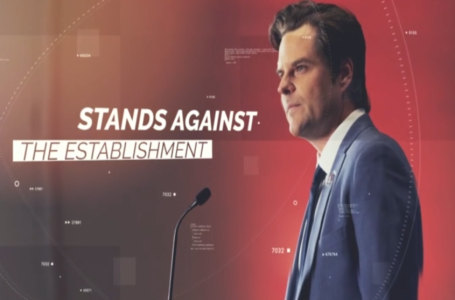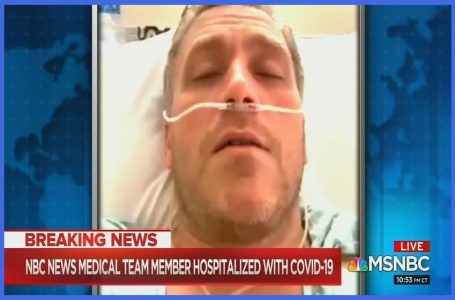Ann Vandersteel interviews Brian Cornell and discusses corruption in the Southern border and the “Fast & Furious” scandal.

Ann Vandersteel – Investigator Reporter / Host
“Gunwalking“, or “letting guns walk“, was a tactic used by the Arizona U.S. Attorney’s Office and the Arizona Field Office of the United States Bureau of Alcohol, Tobacco, Firearms and Explosives (ATF), which ran a series of sting operations[2][3] between 2006[4] and 2011[2][5] in the Tucson and Phoenix area where the ATF “purposely allowed licensed firearms dealers to sell weapons to illegal straw buyers, hoping to track the guns to Mexican drug cartel leaders and arrest them”.[6] These operations were done under the umbrella of Project Gunrunner, a project intended to stem the flow of firearms into Mexico by interdicting straw purchasers and gun traffickers within the United States.[7] The Jacob Chambers Case began in October 2009 and eventually became known in February 2010 as “Operation Fast and Furious” after agents discovered Chambers and the other suspects under investigation belonged to a car club.[1]
The stated goal of allowing these purchases was to continue to track the firearms as they were transferred to higher-level traffickers and key figures in Mexican cartels, with the expectation that this would lead to their arrests and the dismantling of the cartels.[6][8][9] While federal prosecutor Emory Hurley allegedly told agents they had no choice but to let guns “walk” because agents lacked probable cause to arrest buyers, the tactic of allowing obvious straw purchasers to give guns to criminal organizations was questioned during the operations by a number of people, including ATF field agents and cooperating licensed gun dealers.[10][11][12][13][14] During Operation Fast and Furious, the largest “gunwalking” probe, the ATF monitored the sale of about 2,000[1]:203[15] firearms, of which only 710 were recovered as of February 2012.[1]:203 A number of straw purchasers have been arrested and indicted; however, as of October 2011, none of the targeted high-level cartel figures had been arrested.[6]
Guns tracked by the ATF have been found at crime scenes on both sides of the Mexico–United States border, and the scene where United States Border Patrol Agent Brian Terry was killed in December 2010. The “gunwalking” operations became public in the aftermath of Terry’s murder.[2] Dissenting ATF agents came forward to Congress in response.[16] According to Humberto Benítez Treviño, former Mexican Attorney General and chair of the justice committee in the Chamber of Deputies, related firearms have been found at numerous crime scenes in Mexico where at least 150 Mexican civilians were maimed or killed.[17] Revelations of “gunwalking” led to controversy in both countries, and diplomatic relations were damaged.[2]
As a result of a dispute over the release of Justice Department documents related to the scandal, Attorney General Eric Holder became the first sitting member of the Cabinet of the United States to be held in contempt of Congress on June 28, 2012, in a vote largely along party lines in a Republican-controlled House.[18][19] At Holder’s request, President Barack Obama had invoked executive privilege for the first time in his presidency in order to withhold documents that “were not generated in the course of the conduct of Fast and Furious.”[20][21] In 2016, a federal court ruled that the records in question were not covered by privilege;[22] however, a House lawsuit to try to recover the records is still pending in federal court.[23]









